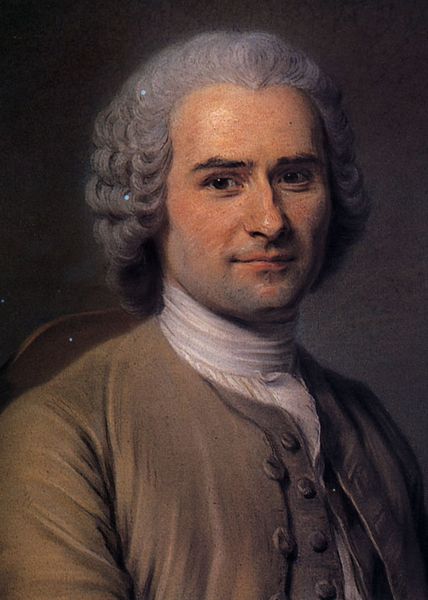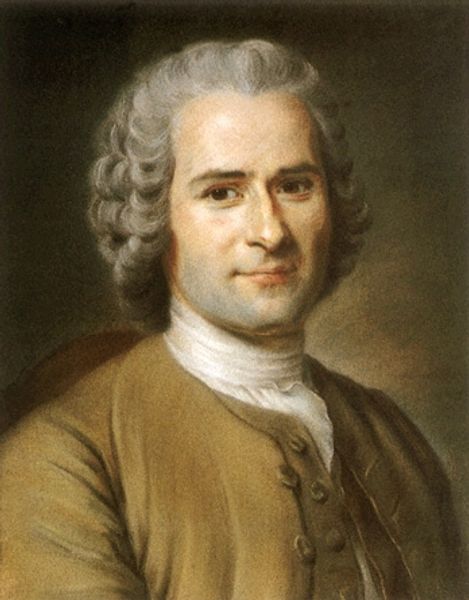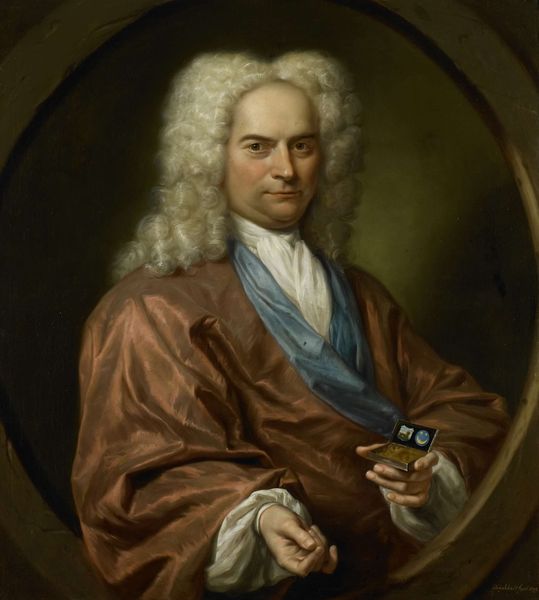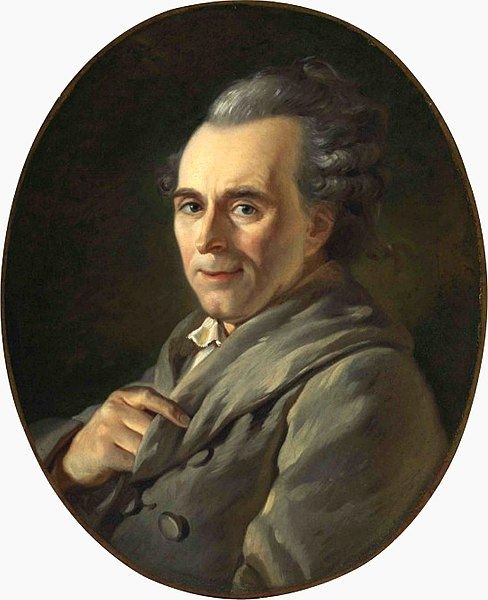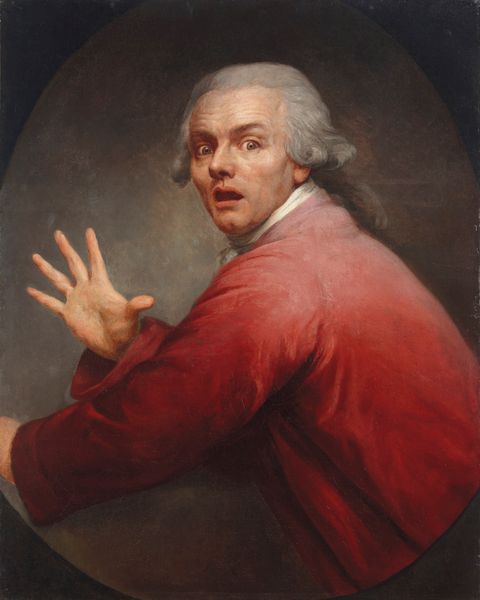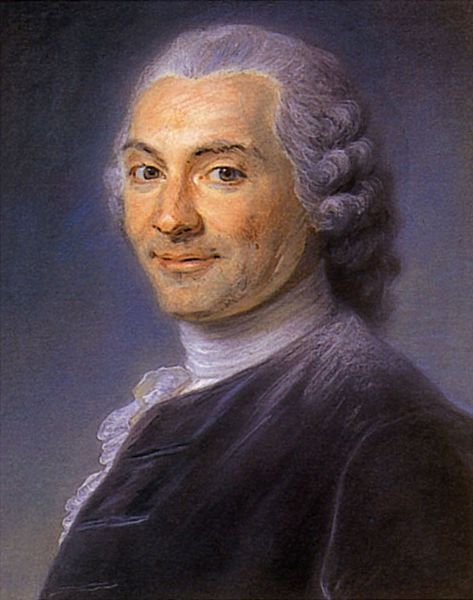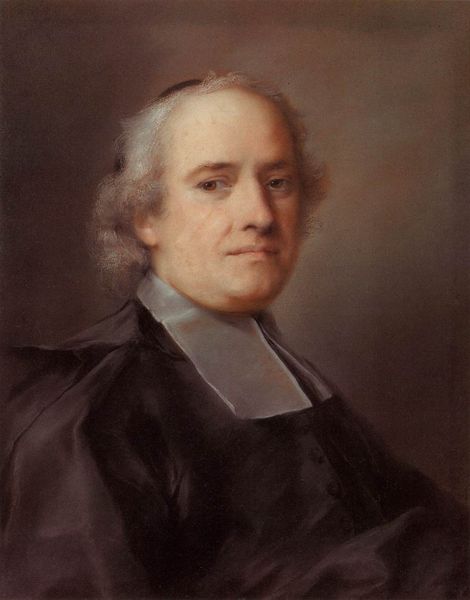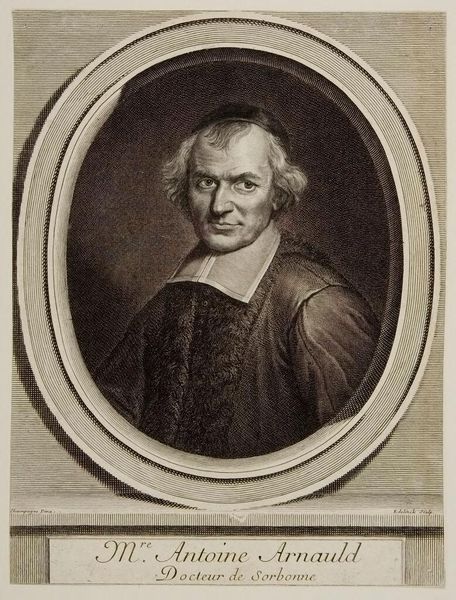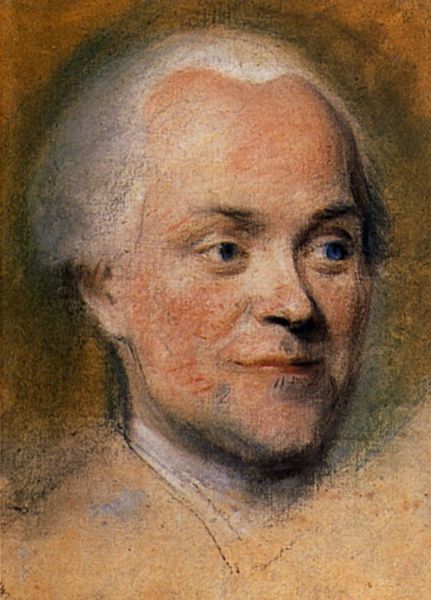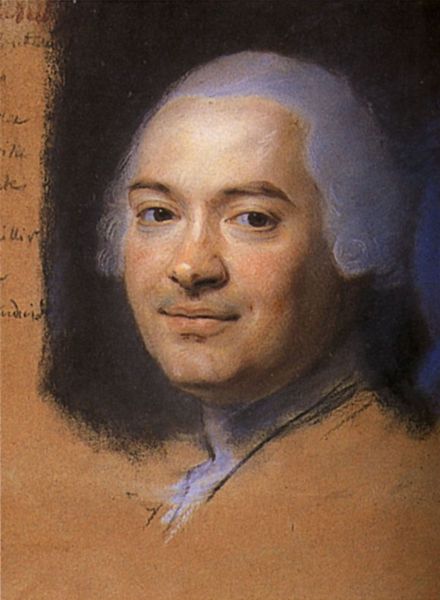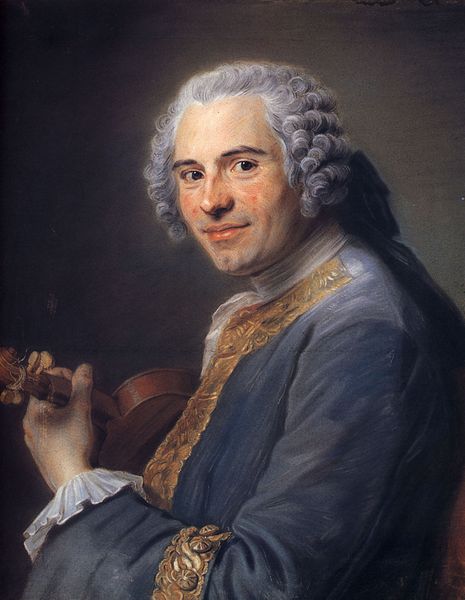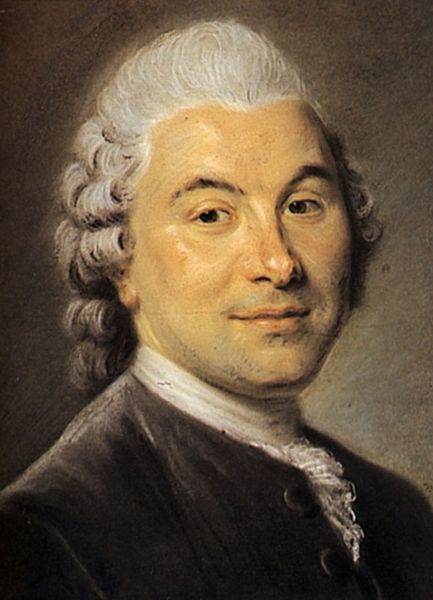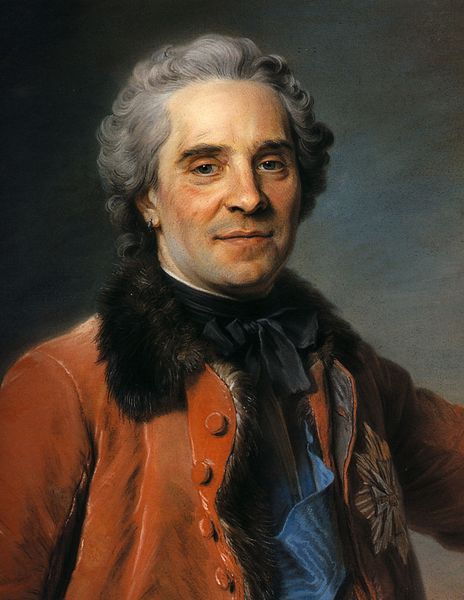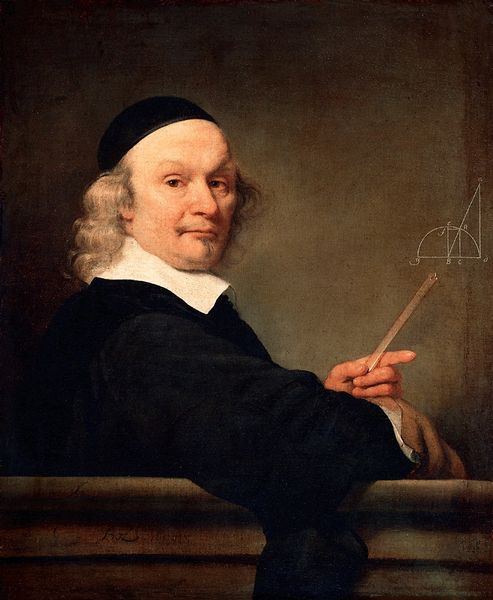
drawing, pastel
#
portrait
#
drawing
#
head
#
face
#
male portrait
#
portrait reference
#
male-portraits
#
portrait head and shoulder
#
romanticism
#
animal portrait
#
animal drawing portrait
#
portrait drawing
#
pastel
#
facial portrait
#
lady
#
forehead
#
portrait art
#
fine art portrait
#
rococo
#
digital portrait
Copyright: Public domain
Curator: Here we have a pastel drawing attributed to Maurice Quentin de La Tour titled "Jean Restout." The image captures the sitter in a contemplative, almost amused mood. What are your initial thoughts? Editor: There's a softness to it. The textures, especially in the wig, feel incredibly delicate. It evokes a quiet, almost domestic feeling. What strikes me, even before considering the composition, is the tangible quality of the pastel medium itself. Curator: Yes, La Tour's mastery is evident. His portraits were luxury objects, and his workshop would have operated like a production line, involving various assistants preparing supports, grinding pigments, and laying in initial color washes. Considering how labor-intensive pastels were to make, that softness takes on another dimension. Editor: Exactly. You see that labor manifested in the subtlest of tonal variations in the face, especially around the eyes. It’s masterful application and command of color. I find his gaze particularly captivating – a hint of detachment or irony, conveyed through the subtle use of light and shadow around his eyes. The entire portrait seems structured around that gaze, almost daring us to decipher what he’s thinking. Curator: Precisely. The formal elegance of the composition draws your attention, but that gaze and slight smile bring forth the labor and expense behind such works and how important the role of skilled artisans would have been in crafting an effective piece like this. This also serves as a great point from which to begin deconstructing class structure back then, in regards to portraits. Editor: That brings up an interesting point – that smile could be interpreted as a signal, one coded for consumption in that very specific historical context. In this context, does the "portrait" serve as more than an item and artistic wonder but also a method of broadcasting certain values? Curator: Of course! So to bring it back to La Tour himself, think of all of the people employed to create works like this and consider how important the division of labor would have been, for without it, it wouldn't have been possible to get works like this to all segments of upper class society. It really calls the myth of the lone artist into question when considering that. Editor: Yes, by looking closer at these works, and others of this type from the period, a dialogue forms where we realize there is far more being said. Curator: Indeed. It’s through understanding their role in society that these objects and artists can be understood beyond mere skill.
Comments
No comments
Be the first to comment and join the conversation on the ultimate creative platform.
